

Partner R. Lee Taylor
Queer Places:
Harvard University (Ivy League), 2 Kirkland St, Cambridge, MA 02138
Glen Burnie House, 901 Amherst St, Winchester, VA 22601, Stati Uniti
Rose Hill Farm, 1985 Jones Rd, Winchester, VA 22602, Stati Uniti
Memorial Park Cemetery, Nowata, Oklahoma 74048, Stati Uniti
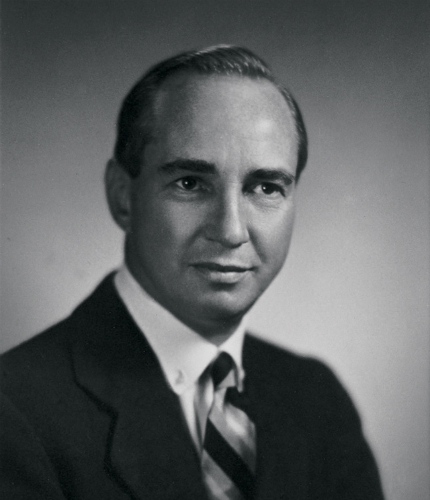 Julian Wood Glass Jr.[1] (February 7, 1910 – February 27, 1992) was a businessman, art collector, and philanthropist who created the Glen Burnie Gardens with R. Lee Taylor. He also ensured the preservation of Glen Burnie Historic House. Glass Jr. was chairman and director of Panhandle Producing Co. of San Antonio, Texas; director of Pinto Well Servicing, Paladin Pipe Line Co., and Reliance Development Co., and president and director of North Star Petroleum Co.[2]
Julian Wood Glass Jr.[1] (February 7, 1910 – February 27, 1992) was a businessman, art collector, and philanthropist who created the Glen Burnie Gardens with R. Lee Taylor. He also ensured the preservation of Glen Burnie Historic House. Glass Jr. was chairman and director of Panhandle Producing Co. of San Antonio, Texas; director of Pinto Well Servicing, Paladin Pipe Line Co., and Reliance Development Co., and president and director of North Star Petroleum Co.[2]
Julian Wood Glass Jr. was the son of Julian Wood Glass (1880-1952) and Eva Payne Embry (1882-1982). The first documented reference to James Wood Glass' ancestor, James Wood (1701-1759) appears in 1734 when the College of William and Mary granted him a commission to be a public surveyor. Four years later he married Mary Rutherford (1718-1798) and the couple had five children. During that time Glen Burnie became an operating farm. Glen Burnie builder Robert Wood (1747-1807) married Comfort Welsh (1751-1840) in 1774. Comfort and their nine children retained the property when Robert died. Robert's older brother, James Wood Jr. (1741-1813) was active in Revolutionary War and became the 11th governor of Virginia, serving from 1796 to 1799. In 1832, Robert and Comfort's daughter Catherine "Kitty" Wood (1795-1847) married Thomas Glass (1792-1861) of nearby Rose Hill, uniting the Wood and Glass families. Another daughter married George Washington's nephew. Yet another daughter wrote a letter in 1816 containing the earliest documented reference to the site as "Glen Burnie" (a Scottish term for "small valley with a small stream"). Robert and Comfort's youngest son, William Wood (1786-1872) oversaw the estate. After his death, his older, unmarried sister Julia Wood (1801-1885) continued to live in the house. When Julia Wood died, her fifty-year-old nephew, William Wood Glass (1835-1911), Catherine and Thomas Glass's son, inherited the Glen Burnie house. Glass's first wife, Nan Luckett (1836-1861), had lived only nine months following their wedding. In 1885, William Wood Glass moved to Glen Burnie with his second wife, Nan "Nannie" Rebecca Campbell (1842-1930) and their seven children. Their youngest was named Julian Wood Glass. Julian Wood Glass (1880-1952), his mother, and his siblings inherited Glen Burnie upon his father's death. Known as "Wood" to his friends, Julian was absent from the site, having moved to Oklahoma where he made his fortune in the oil industry. His mother, Nannie, lived at Glen Burnie until the late 1920s with her sister and niece. In 1928 the Glen Burnie estate was offered for sale but became a tenant property and ultimately fell into despair. To ensure the property remained in the family, Julian bought some of his siblings' shares over the next several decades. In 1904 Julian Wood Glass married the young widow Eva Payne Embry (1882-1982), becoming stepfather to Eva's daughter, Ernest "Sunny" Embry (1901-1986). Six years later, Glass and his wife has a son, Julian Wood Glass Jr.
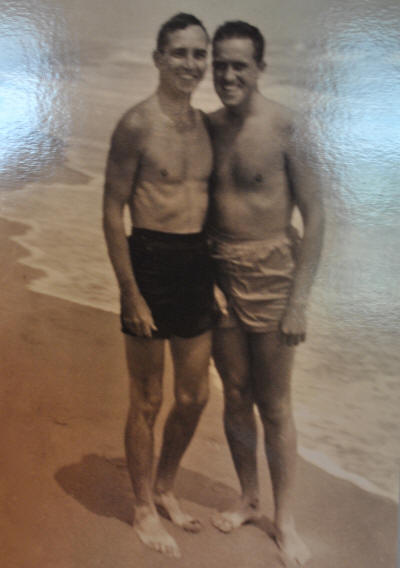
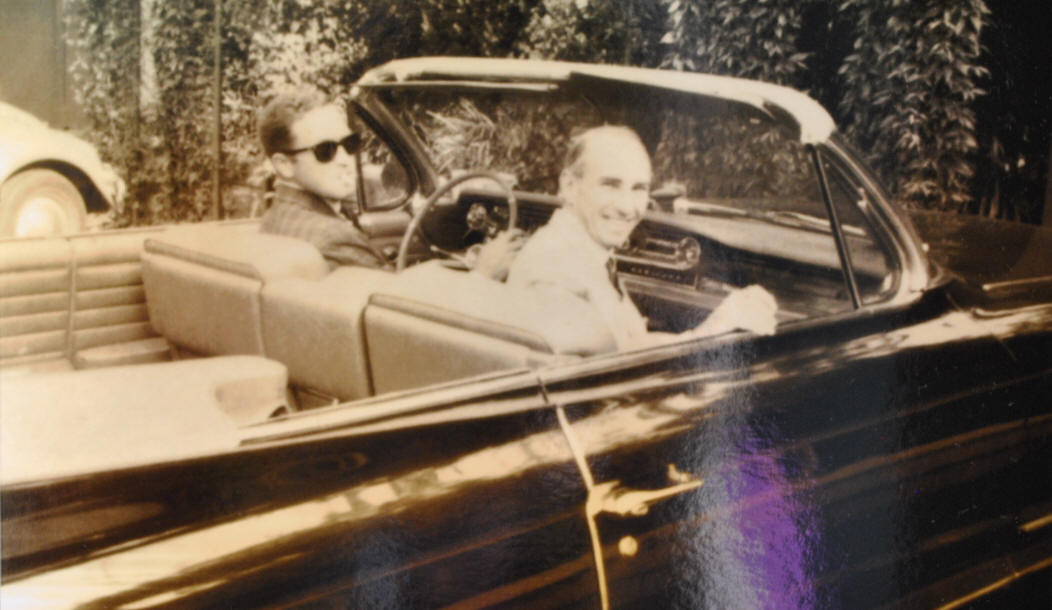
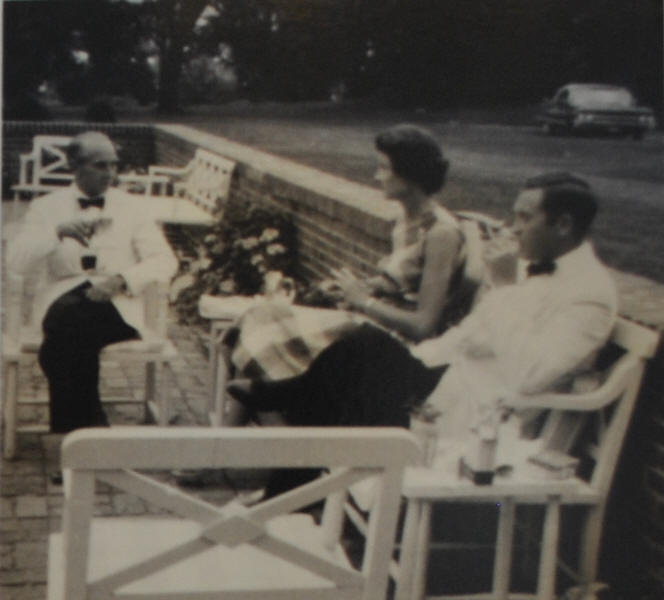
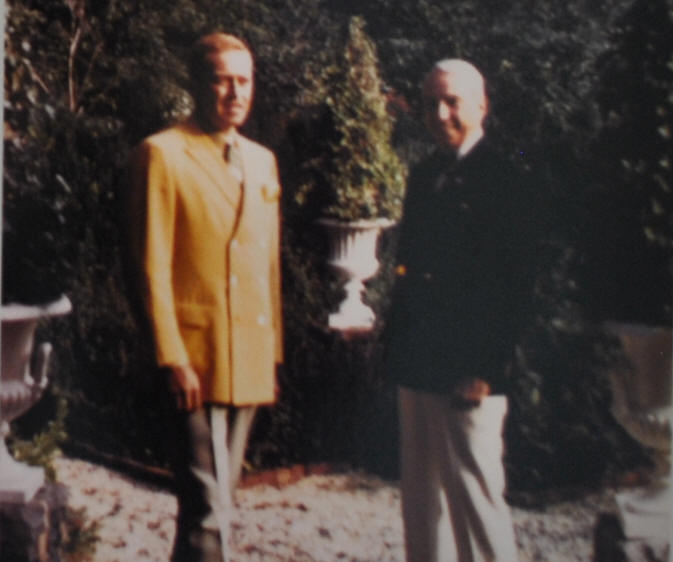
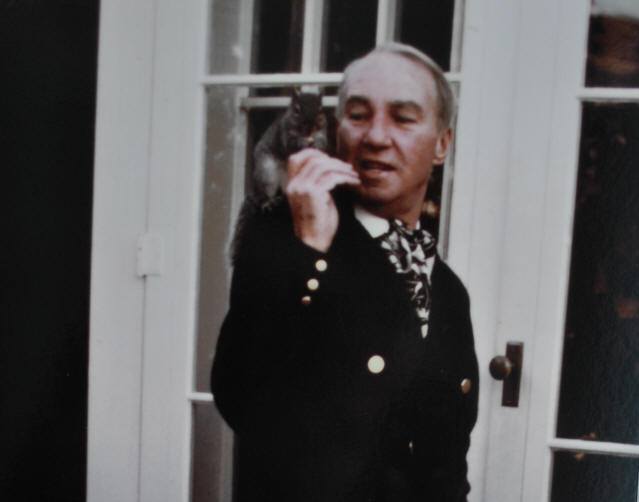
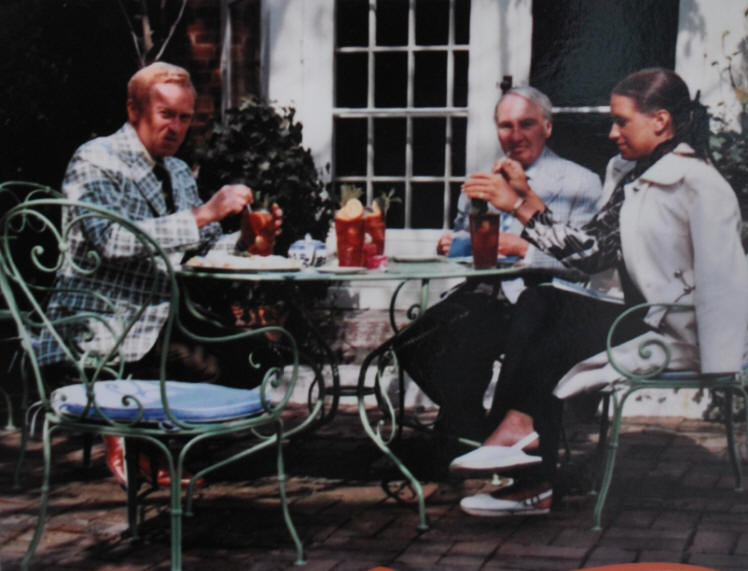
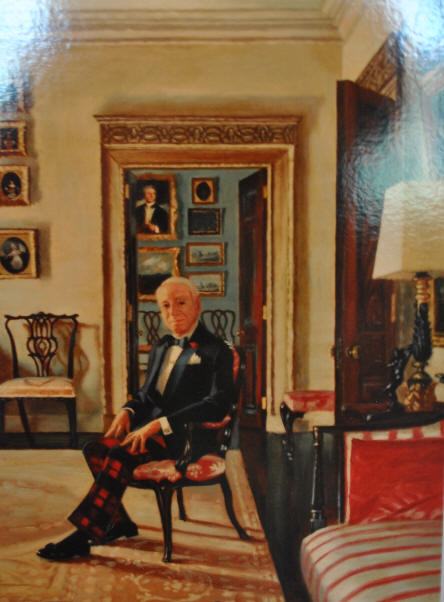
Julian Wood Glass Jr by John Woodrow Kelley
Glen Burnie House, 901 Amherst St, Winchester, VA 22601
Museum of the Shenandoah Valley, Winchester, VA
Rose Hill Farm, Winchester, VA
Julian Wood Glass Jr. received his undergraduate degree from Westminster College in Fulton, Missouri and attended graduate school at the Harvard Graduate School of Design. He was also a member of Beta Theta Pi fraternity.
Glass Jr. was active in New York's social scene and was a member of the Metropolitan Opera Club, the Metropolitan Opera Golden Horseshoe, the River Club and the Metropolitan Club. He also remained active in Oklahoma, supporting the Tulsa Opera, Tulsa Ballet, and Tulsa Philharmonic. In his hometown of Nowata, he supported the hospital, library, Chamber of Commerce, 4-H, and was a lifelong member of Nowata's First Presbyterian Church.
In 1947, Glass Jr. met R. Lee Taylor in New York City shortly after the latter's discharge from the army, and the two became close friends, and eventually committed partners. Glass Jr. hired Taylor to assist with refurbishment and preservation of Glen Burnie. In 1952, Glass Jr. inherited his father's shares in Glen Burnie and Rose Hill in Winchester, Virginia, and over the next three years purchased or inherited the remaining shares of both estates, which would require serious financial investment.[3] Together Glass Jr. and Taylor created six acres of gardens around the house.
While the two men's relationship ended in the 1970s, Glass Jr. continued to entertain at Glen Burnie and Taylor managed the site, living on premises.
Glass Jr. established the Glass-Glen Burnie Foundation to assure the preservation of Glen Burnie Historic House and Gardens, Rose Hill, and his collection of English and American paintings and decorative arts. Much of his art collection[4] is on display at the Museum of the Shenandoah Valley.
My published books: